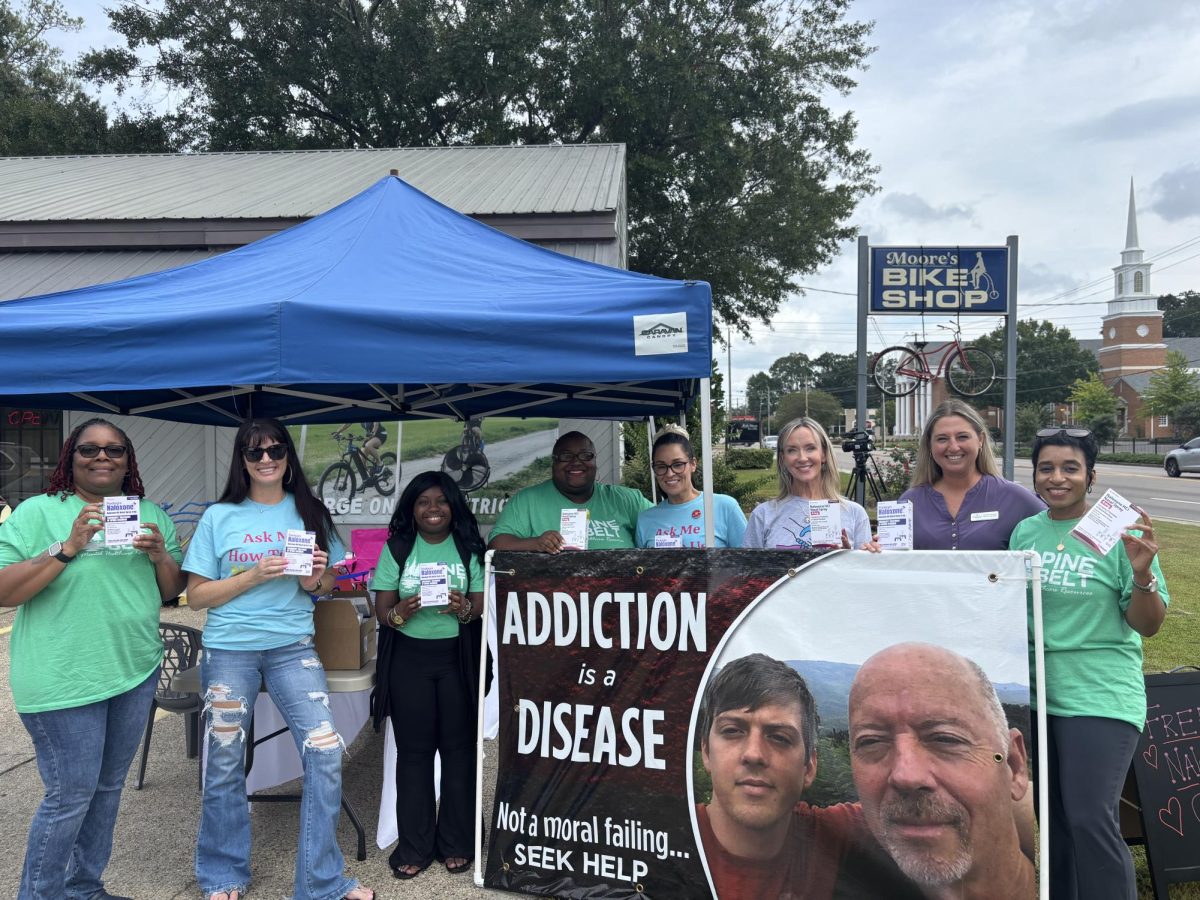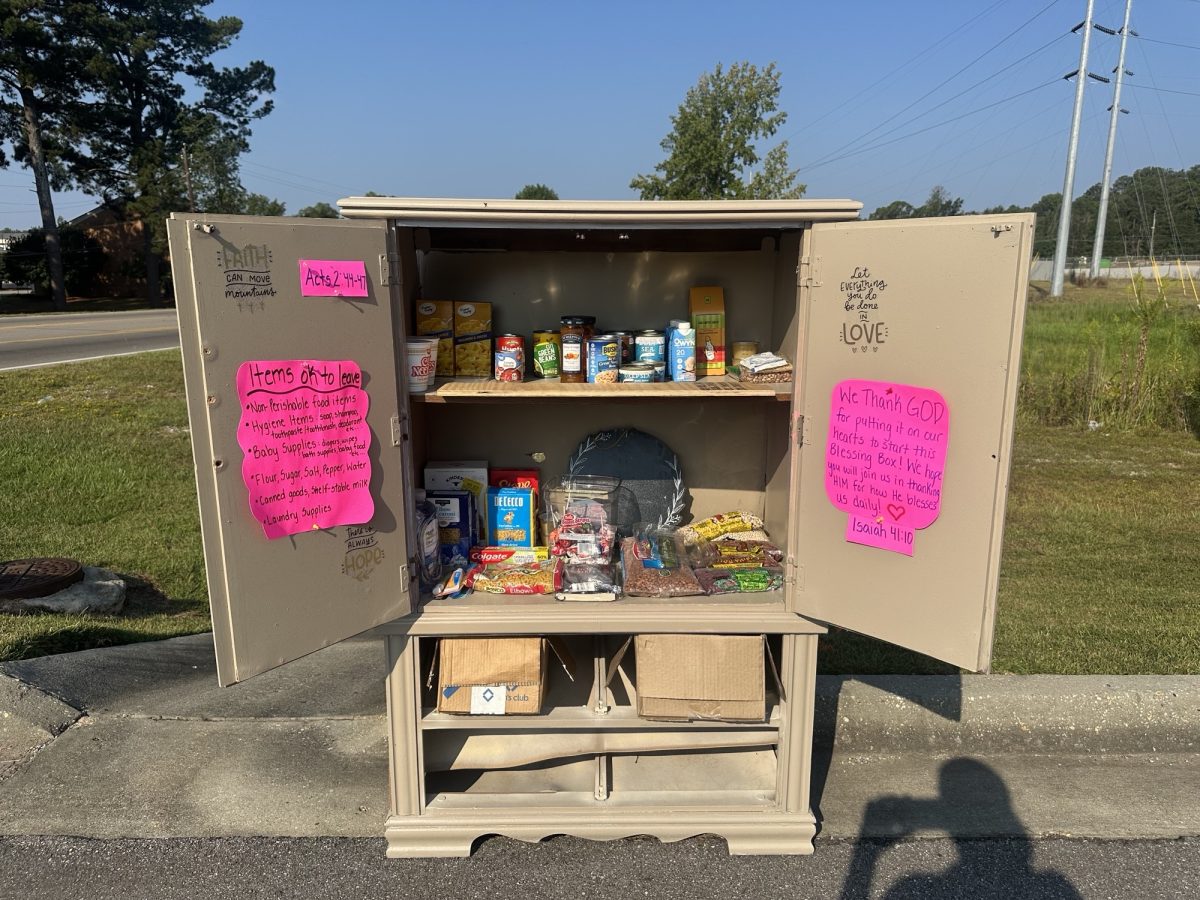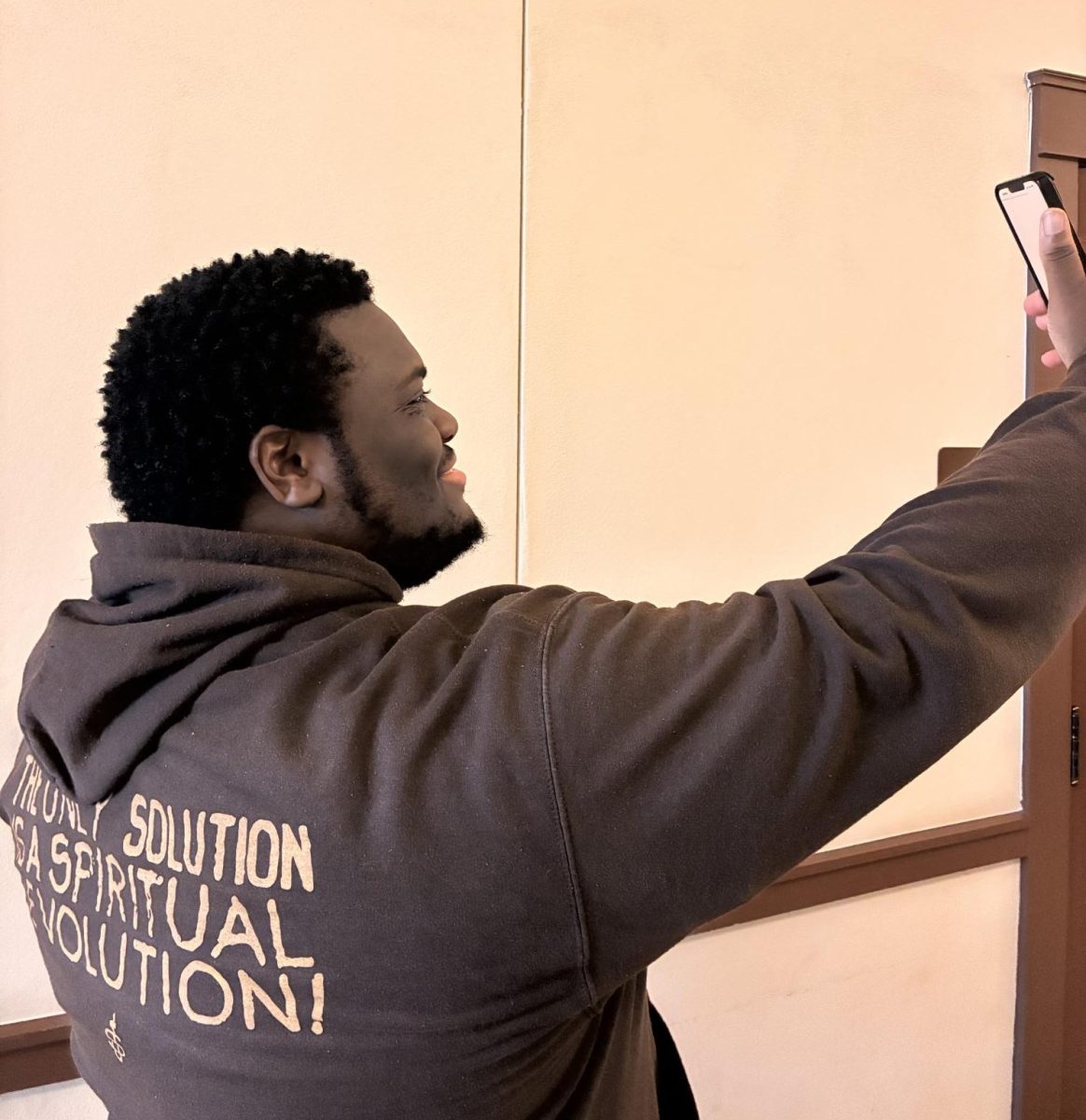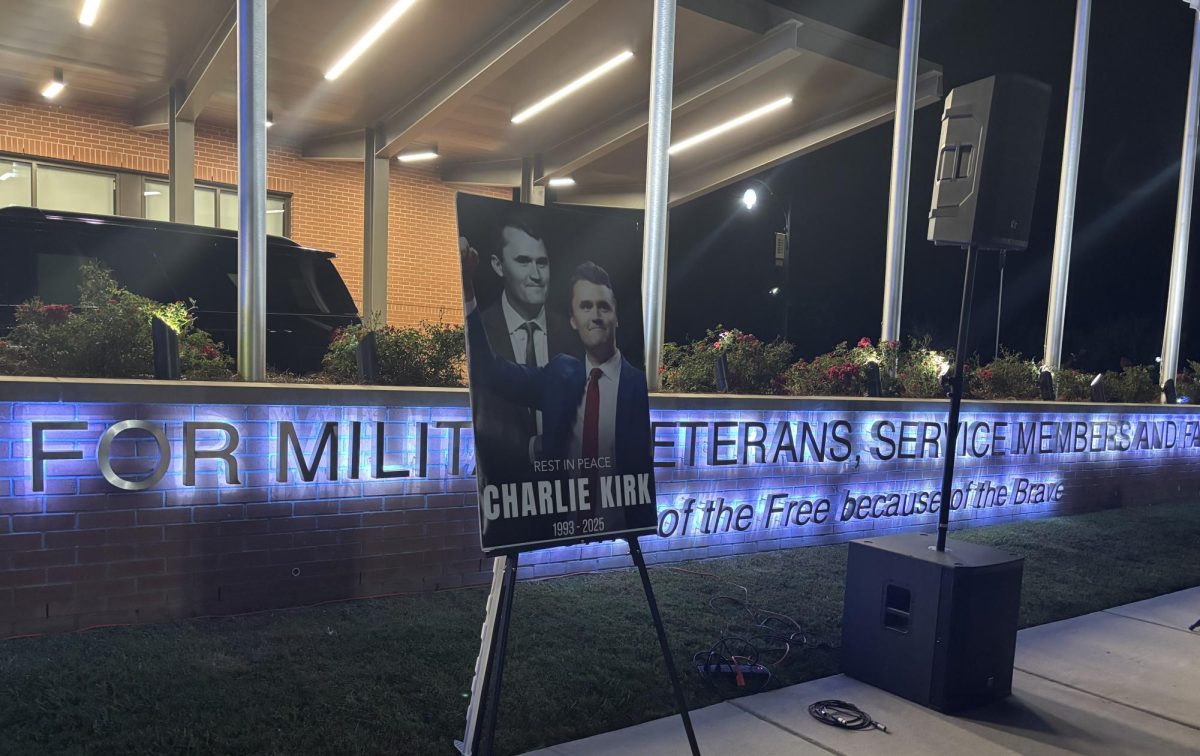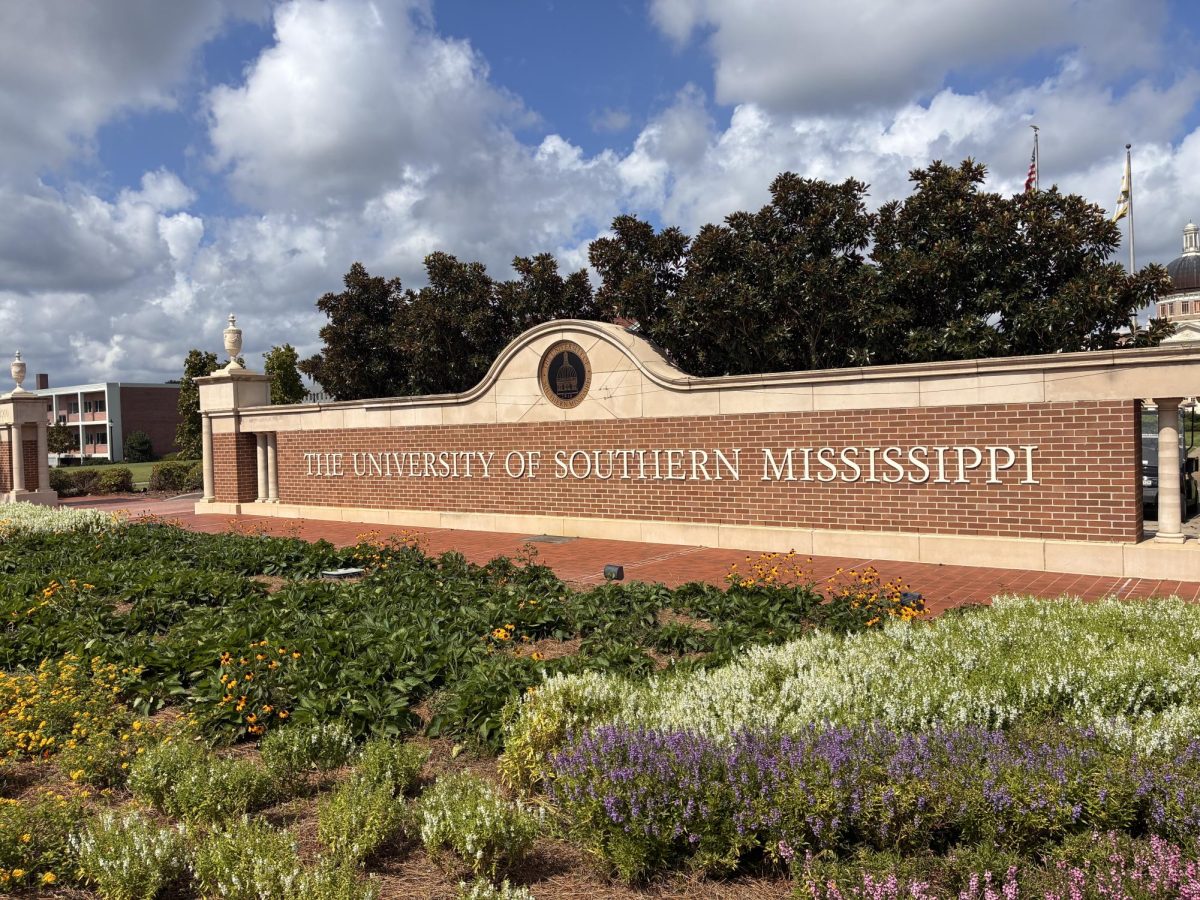
As the onslaught of a recent Ebola outbreak ravages West Africa, an alumnus from The University of Southern Mississippi is working with a team of researchers to perfect a treatment.
Daniel Murin graduated from Southern Miss in 2008 as an Honors College student with a double major in chemistry and biochemistry. He now studies at Scripps Research Institute in San Diego where he and his team continue work on ZMapp, an experimental treatment for the Ebola virus.
ZMapp was given to two American workers who were released from Emory University Hospital Aug. 21. Murin and his team anxiously await the results of blood tests from the patients to see what role ZMapp played in their recovery.
“I really want to believe that ZMapp was what saved them, but there is no way to really know at this point,” Murin said. “After all, five out of 10 people survive this outbreak on their own. The fact that they recovered so quickly is striking, however, and leads me to believe that ZMapp is what saved them.”
Murin said he took a special interest in Ebola after seeing a presentation by Erica Ollmann Saphire while he was interviewing at the Scripps Research Institute for graduate school studying structural biology.
“While at USM, I worked in a biochemistry lab and also did when I graduated and worked at Emory, mostly with bacteria,” Murin said. “Ebola was very new and interesting. Of course I had read the books and seen the movies about Ebola, too, which also piqued my interested.”
Murin said the recent outbreak has an outstanding longevity unlike any researchers have seen before. He speculates this particular strain of the Ebola virus may be contracted more easily, making it harder to contain.
As of Monday Aug. 24, The Democratic Republic of the Congo was the fifth country to experience the 2014 Ebola outbreak alongside Guinea, Sierra Leone, Nigeria and Liberia.
According to the Center for Disease Control (CDC), the current outbreak, detected in March 2014, is one of the largest in history. As of Aug. 22, the disease has accumulated 1,427 suspected case deaths and 2,615 suspected and confirmed case counts.
This outbreak is unique from past outbreaks in that it has given researchers the opportunity to conduct more in-depth study on Ebola and its possible treatments. Murin said the combination of research and public support is essential in the quest for a cure.
When Murin’s experimental drug was used for treatment at Emory University Hospital, Murin and his coworkers were excited and hopeful, Murin said. “There has never been a treatment for Ebola, so this is unprecedented and extremely important.”
Murin said he owes a thanks to USM for allowing him to build a foundation that got him accepted into one of the top five research institutes in the country where he can conduct life-saving research.


























